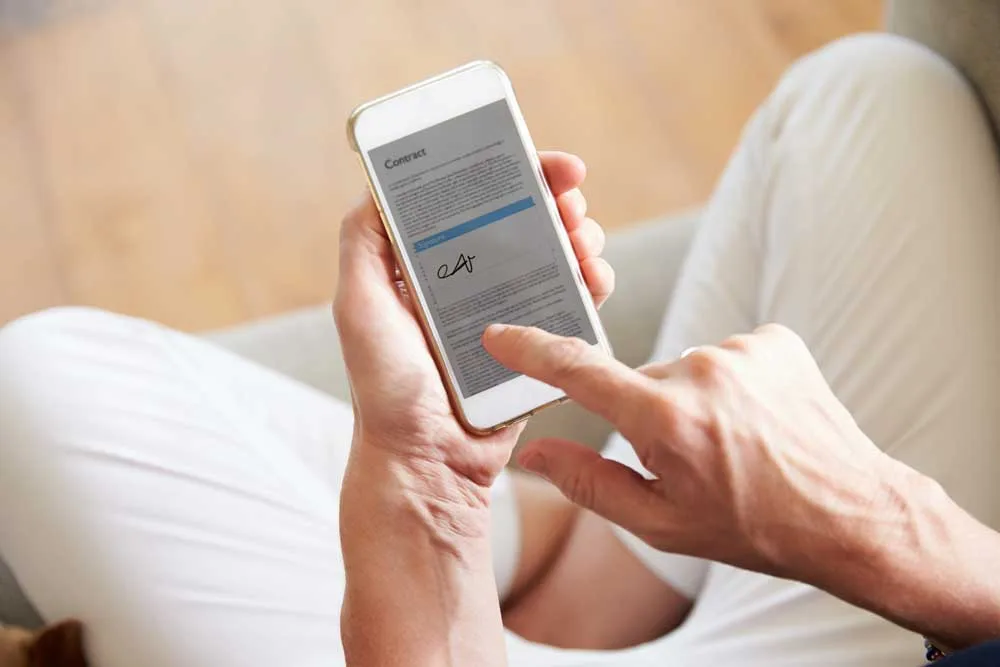Last November 21st and 22nd we had the pleasure of attending as speakers at the hackfest of security and digital signature organized by the Universitat Jaume I and Cenatic, in Castellón.
The central theme of the presentations and workshops organized during the conference was the mobilization of digital signatures, where the progress made in this segment by the different market players was presented.
Our participation was divided into two days. In the first one we showed our experience with the mobile signature until we were able to mobilize the eID. The next day we applied the theory with a practical workshop, where we opened an Eclipse, set up an application from scratch that consumed viafirma services from an iPhone and signed with eID.
The mobile signature, our background
Before taking our first steps with the mobile signature, we met some milestones that identified us with minorities, milestones that set us a goal that was none other than to turn the electronic signature into the “universal signature“, trying to improve the user experience and demystify the barriers and reticence found in this sector.
With this, in 2007 we released what would be the first open source platform for eID recognition on Linux, and the following year we also offered it for MACOS users.
But it was not until 2010 when we launched the first mobile signature client on the market for iOS and Android, with support for electronic signature based on the use of certificates in PKCS#12 format, installed inside the device. The following year we would repeat another pioneering launch, this time for the renewed Windows Phone 7.
Numbers
Since then, and thanks to the usage statistics obtained mainly by Viafirma Manager in our cloud signature environment, we can manage interesting numbers.
In relative numbers, the use of the four supported mobile platforms is interesting, with their greater or lesser relevance, but if we compare these numbers with the same period of registration of transactions made from desktop devices, we can see that we are still in our infancy; 1% of mobile signatures vs. 99% of desktop signatures.
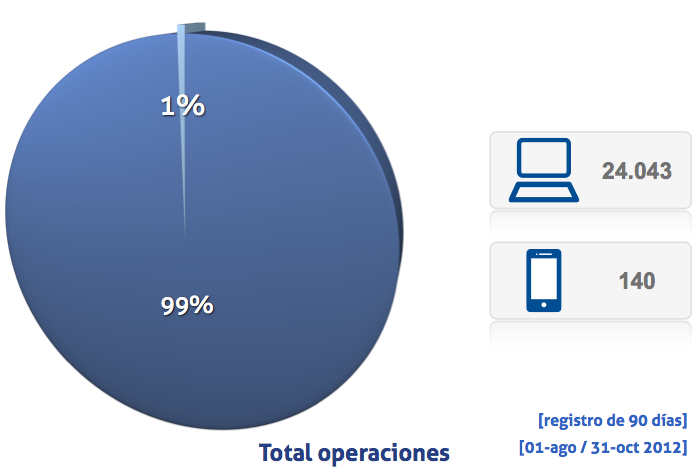
If we study these metrics from the point of view of the CAs involved, we observe that the ugly duckling in this case would be the eID, which would also account for 1% of use compared to the rest of the CAs.
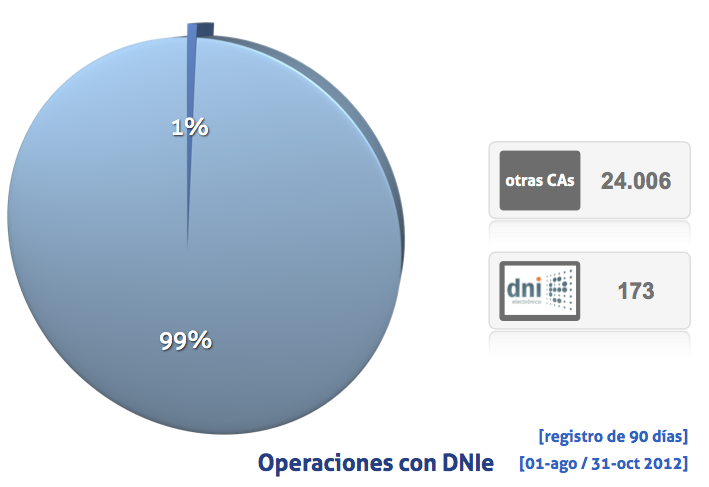
This metric is also repeated in the Tripartita Foundation environment as shown in this other graph.
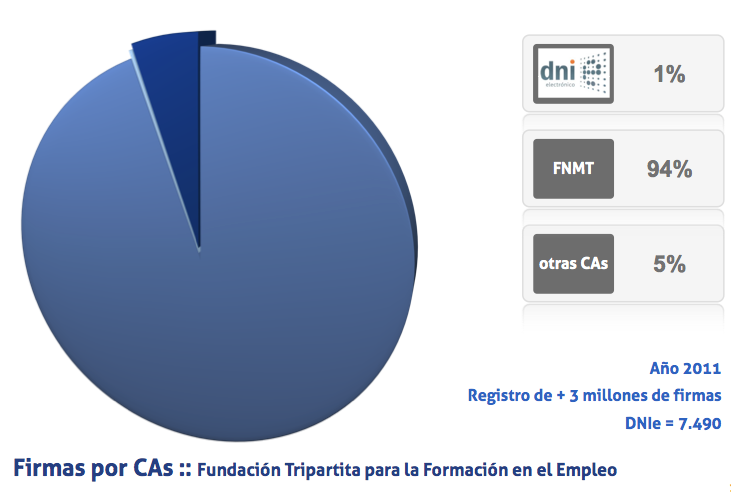
And with these numbers you will think, and what makes you think that mobilizing the DNIe is going to be a success? Are we therefore betting again on minorities? Probably yes, and we love it. Democratizing the electronic signature, making it universal, accessible from all operating systems and mobile devices seemed to us enough merits for a public that we could not abandon with new challenges, and in this case, the challenge was motivating, MOBILIZING THE eID.
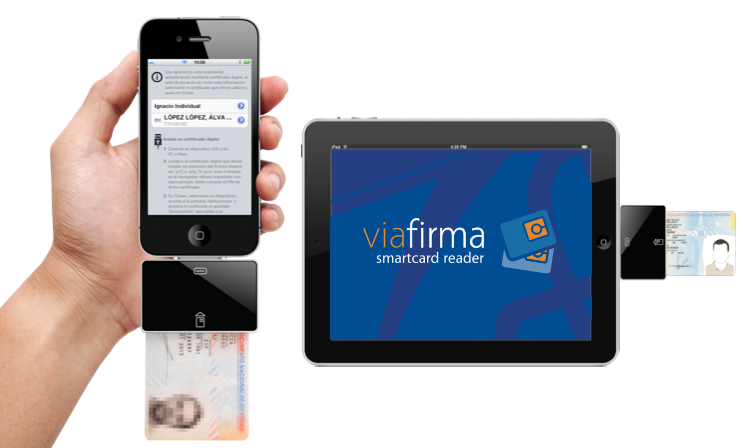
The rest you already know, always trying to innovate, always trying to go one step further to try to be a reference in the “universality” of the electronic signature and, in some cases, always grateful to the recognition of our efforts as the recent ENISE 2012 Award (INTECO) for the best security solution in mobility.
